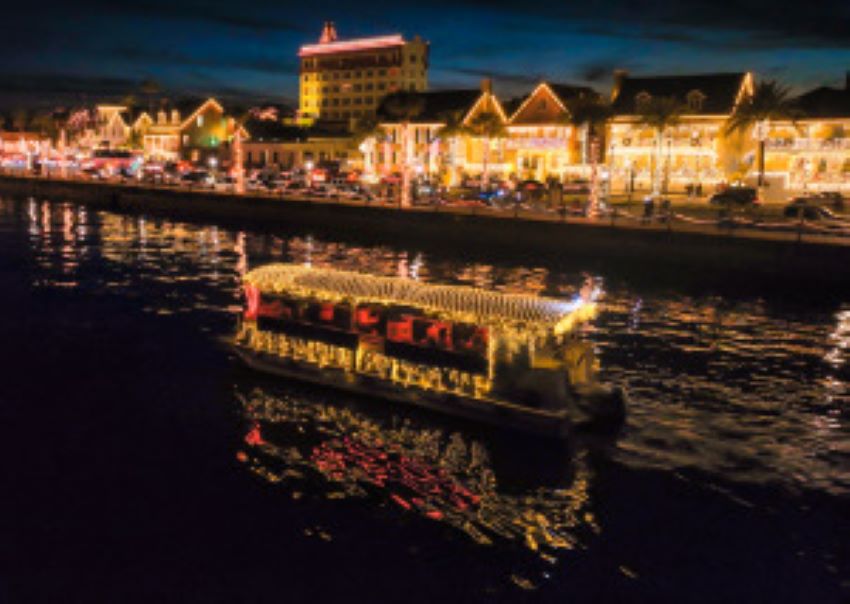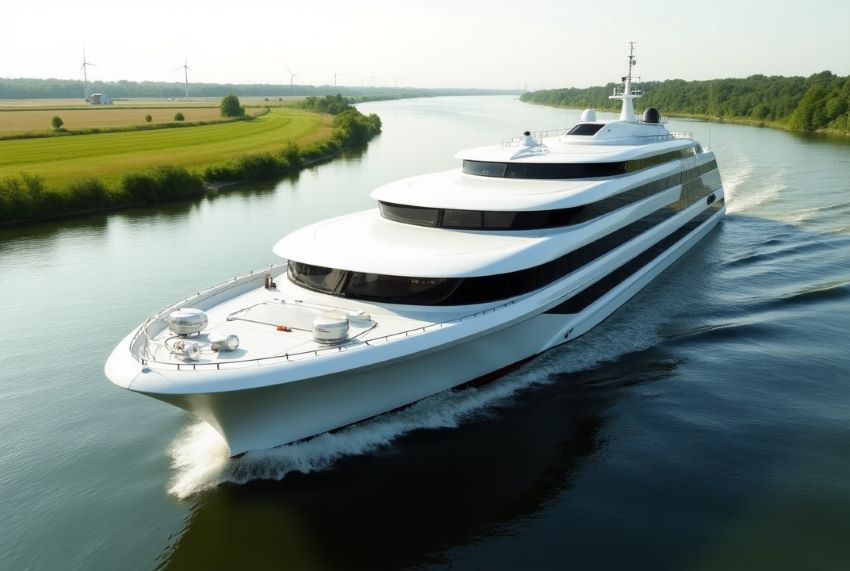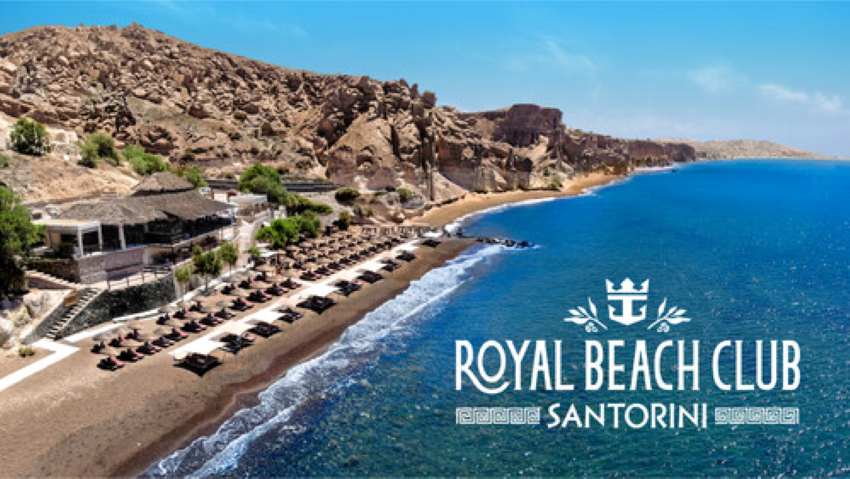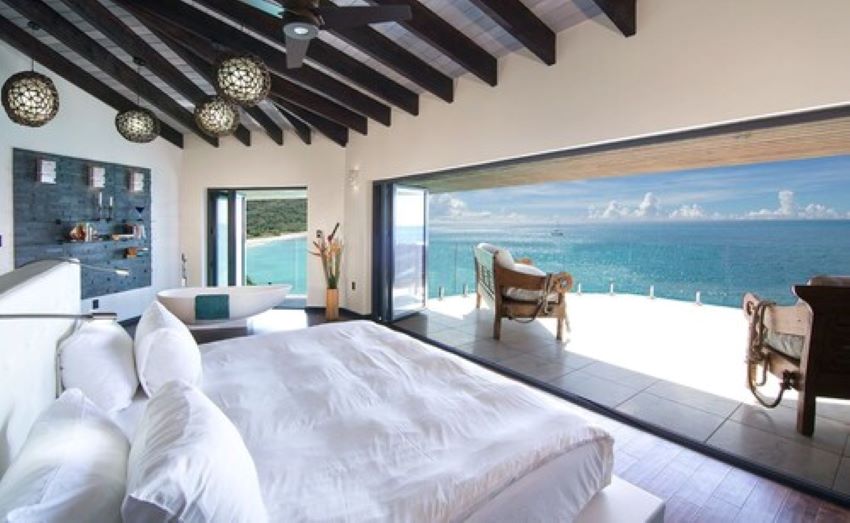Is Iceland Losing Its Cruise Magic After A Controversial Tourism Tax?
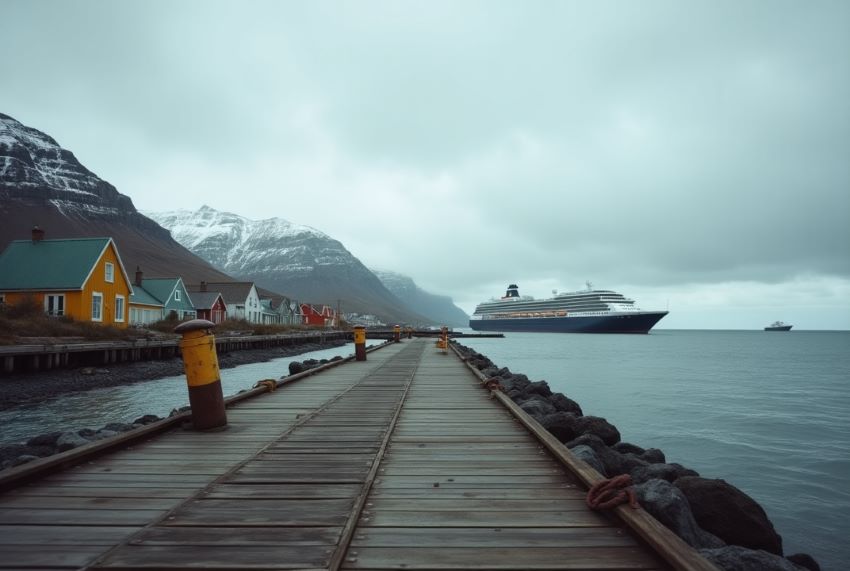
Iceland’s unparalleled beauty — its glaciers and volcanoes, and the Northern Lights — is now for the first time experiencing a chill of a different kind — an economic chill. For the first time, Iceland is seeing a drop in the number of cruise ships docking at its ports. This drop is attributable to an increase in taxes along with new infrastructure plans, and it is raising concerns for local communities and tourism officials alike.
Iceland’s cruise tourism is seasonal, and snap decisions like these can upset the balance Iceland has. The economic impact of these decisions is already being felt, especially in the rural ports that rely on cruise passengers for their seasonal economic lifeline. The long-standing relationship Iceland has with cruise tourism is receiving its first policy-related challenge.
Infrastructure Tax Charge Implementation
Tourism authorities in Iceland announced new taxes for cruise ship tourism in late 2024. With the new taxes, cruise ship passengers will pay 2,500 Icelandic Krona ($18) per port visit. This charge per day will be active for the duration of their visit to the Icelandic coast.
Government representatives have indicated that the revenue from the tax will pay for new infrastructure, fund new environmental programs, and ensure benefits from growing tourism reach the country. Officials estimated the revenue from the tax will be over $10 million. This is a projected positive addition to government revenue.
Nevertheless, the cruise industry has shown concern from the beginning. The government has embraced the tax as part of a broader strategy on sustainability. At the same time, cruise lines have cautioned that the tax will affect cruise itineraries, particularly to ports of call outside the capital, Reykjavík.
Economic Impact on Regional Ports
It appears the new tax is mostly impacting rural coastal communities that depend on cruise tourism for their economic viability. Estimates provided by Cruise Iceland, the country’s cruise sector representative, indicate that several ports will experience a decrease in bookings for the coming years. At several of these ports, reservations for the years up to 2027 have declined by over 50%. This suggests cruise lines are increasingly uncertain about the economic viability of these ports.
The organization’s managing director stated that communities with a small, non-diversified economy are having a particularly hard time. These small ports used to prosper when cruise ship tourists would patronize local artisans, take restaurant meals, and use local tour guides. Now, they expect a slowdown in tourists and a drop in income.
While larger imported infrastructure in Reykjavík continues to draw larger ships, smaller ports, such as Akureyri and Ísafjörður, have noticed a decline in cruise visitation. It is not only the business of local tourism that is adversely affected, but also the more general goal of spatial equity in development, which centers the capital and marginalizes the rest of the country.
As a more specific concern, cruise lines in the North Atlantic region, particularly the Icetronic lines, have been vocal about their concern that the new tax will not be economically feasible. It has been said that representatives believe the tax is exorbitant relative to similar fees in countries adjacent to Iceland, and they fear that it will be the final straw in the decision to stop including Iceland in cruise routes.
Some operators state that, although they appreciate Iceland as a destination, the associated costs may lead them to reconsider their Arctic routes. Iceland has historically maintained a great position as a gateway to the Arctic and has been a vital stop on transatlantic passages between Northern Europe and North America. Given this, the decline in cruise calls Iceland receives may have a wider impact on the region’s cruise tourism visibility.
In the opinion of tourism authorities, the imposition of the tax in question came after the thoughtful consideration of its expected environmentally detrimental impacts and the need for sustainable funding. Nonetheless, the interface between long-term sustainability and the short-term, relatively underdeveloped and economically vulnerable reality of a local community remains a complex and chronic problem.
The Imperative of Balanced Policy Making
Under Iceland’s Environmental Protection and Nature Conservation plans and legislation, Iceland has supported environmental and eco-sustainable policies aimed at preserving its landscape in view of the threats of its massive tourist population. For this reason, Iceland has positioned itself at the cutting edge of environmental and eco-sustainable policies and laws in the developed world. Such policies, uniformly applied without exception, relieve Iceland of probable claims of discrimination by its foreign eco-sustainable policies.
Environmental authorities have suggested that cruise ships and their unregulated and massive tourist population disproportionately exploit and strain local infrastructure and the environment. For this reason, this legislation weighs heavily on cruise ships and environmental and waste management regulations and control.
Still, those involved in tourism advocate for a balanced method. For some community members, particularly in more remote locations, cruise visitors are among the most dependable sources of seasonal revenue. With fewer visitors, there is a greater risk of layoffs, the closure of small businesses, stagnation or even decline of community development, and the loss of the very sense of community sustainability the tax was intended to uphold.
The Wider Debate for Icelandic Tourism
This situation has sparked the larger debate concerning the most appropriate approach for Icelandic tourism. As Iceland attempts to strike the right balance between economic and environmental priorities, one potential outcome of the policies governing cruise tourism might provide a valuable lesson to other destinations in the Arctic and North Atlantic region.
There is a potential funding deficit and a decline in cruise frequency. For tourism, several industries and communities are mutually exclusive. Policy decisions, once implemented, will disrupt economic flows for a considerable time.
A Crossroads for Iceland’s Cruise Future
Iceland’s ports must now look to the future; how Iceland plans to address the balance between its sustainability goals and its tourism revenue dependence remains to be seen. Beautiful Akureyri, Ísafjörður, and Seyðisfjörður have long been cruise ship ports, but now the ships are going to other regions, and these towns are being left to face an uncertain future without the tourism revenue those ships brought.
Iceland remains beautiful and culturally rich, but for those passengers on the great cruise ships, the opportunity to visit Iceland will be diminishing. The next few years will show if Iceland’s new initiatives will bring the balanced model of sustainable tourism the island needs. Unfortunately, without changes to the current cruise policies, the coastal ports will enter an era of quiet.
The post Is Iceland Losing Its Cruise Magic After A Controversial Tourism Tax? appeared first on Travel And Tour World.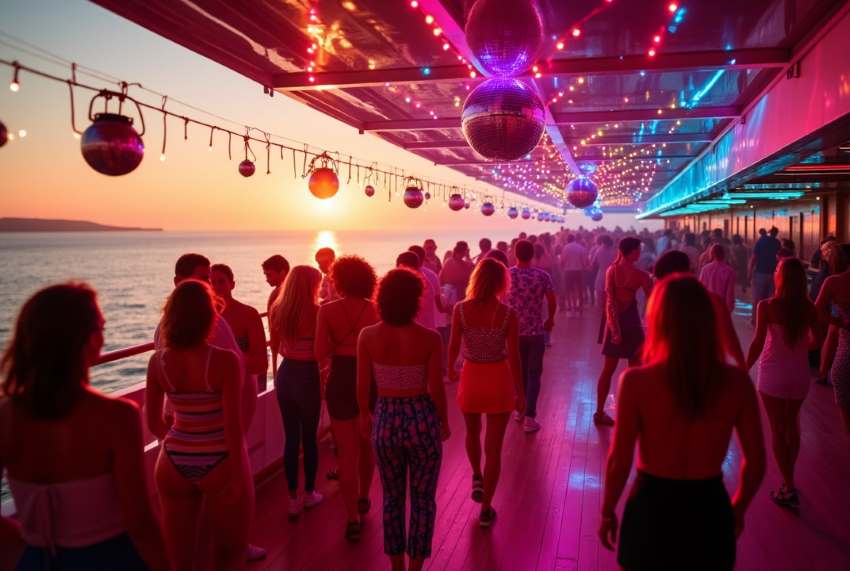
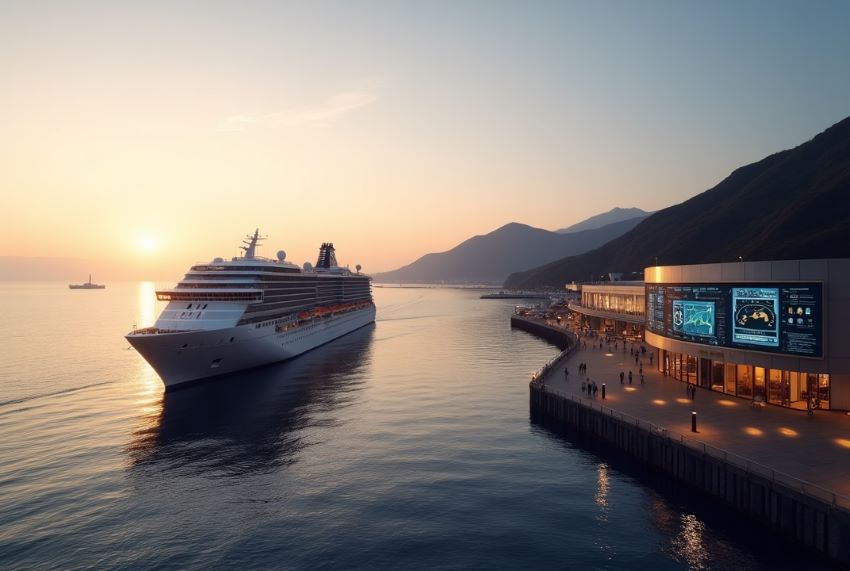
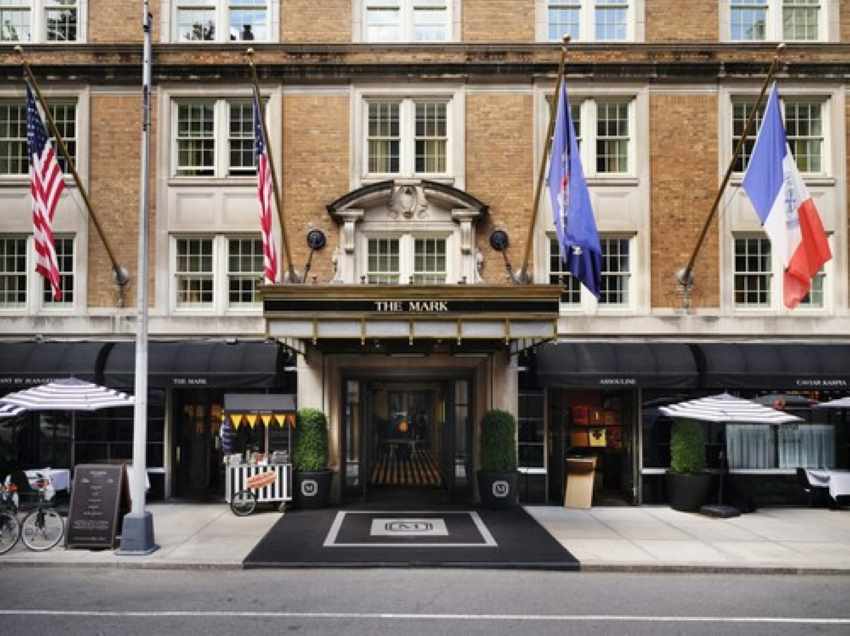
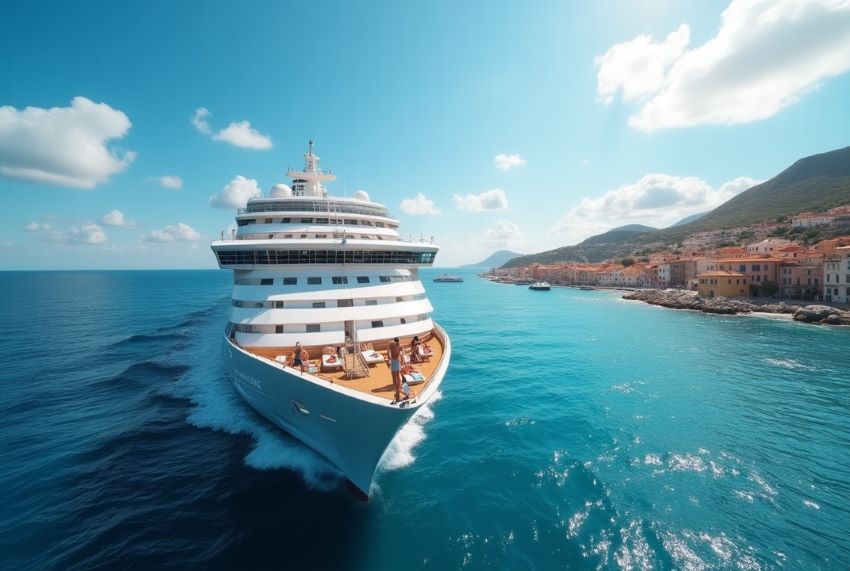
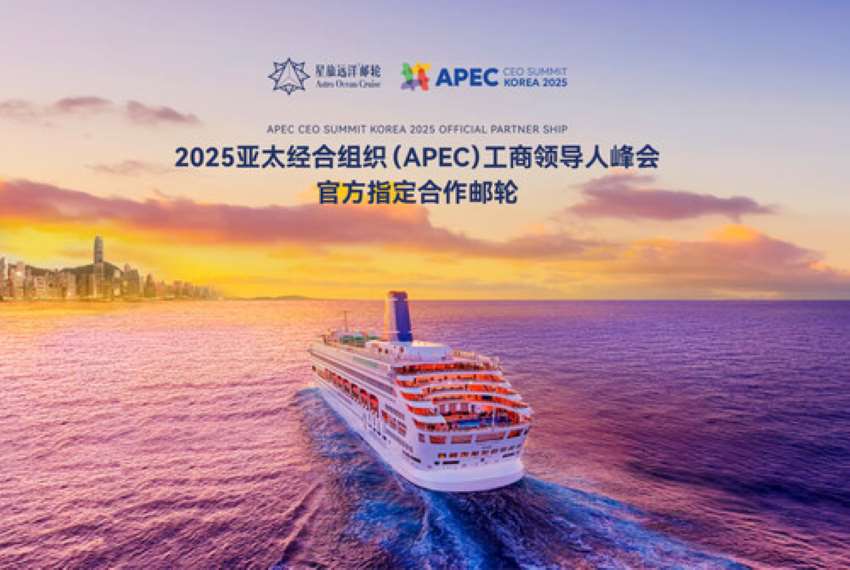

 Singapore Grand Prix had quietened, the Singapore Grand Prix weekend marked the beginning of an extended holiday for many global travelers. The excitement of the race drew many to the Singapore Grand Prix weekend, and many then decided to holiday in the rest of the continent and Regions. Unlike Formula 1, which operated at a constant service, International travelers spent their time in the region and added to their spending, in stark contrast to their average spending.
Singapore Grand Prix had quietened, the Singapore Grand Prix weekend marked the beginning of an extended holiday for many global travelers. The excitement of the race drew many to the Singapore Grand Prix weekend, and many then decided to holiday in the rest of the continent and Regions. Unlike Formula 1, which operated at a constant service, International travelers spent their time in the region and added to their spending, in stark contrast to their average spending.
